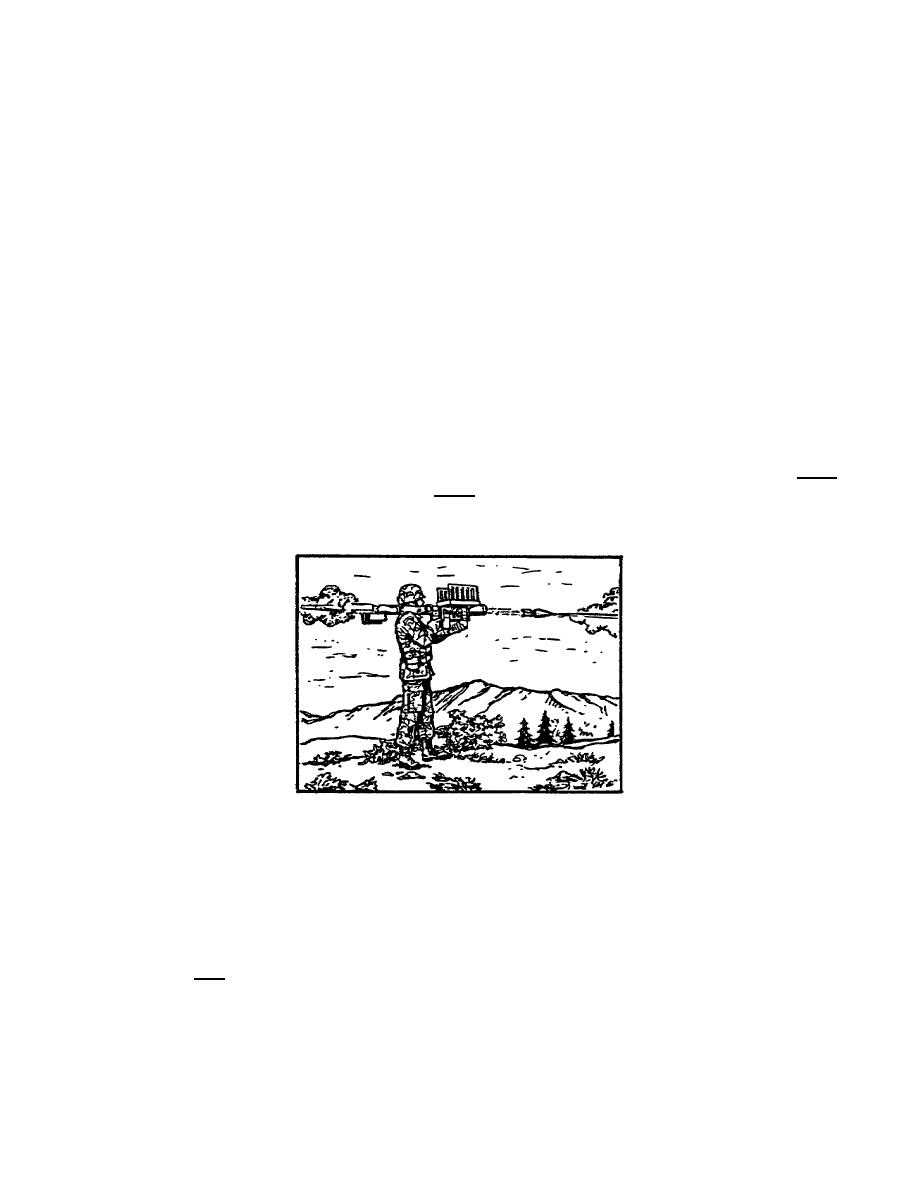
d. Action.
Still photographs are just that - still slices of time.
But many photos are of action or activities. Since the photo doesn't move,
all action must be suggested, and there are many compositional techniques
available to do this.
We've already discussed how diagonal lines suggest
action. Two other means of showing action seem contradictory - by stopping
action by using very short exposures or by blurring it by using long
exposures.
(1) Either technique, properly applied, can imply that an action is
taking place in the photo. In the first instance, the classic example is a
photo of a boxing punch taken with an electronic flash with a very short
flash duration -- 1/10,000 of a second or less.
The extreme shortness of
the exposure freezes everything in crisp detail.
The distortion of the
victim's face as the glove connects, the flying droplets of sweat suspended
in mid-air, all are as crisply detailed as if they weren't moving at all.
The suggestion of motion comes from the idea that such a situation can only
exist for a short time, and that something happened before to cause it, and
that it is unfinished. Dr. Harold Edgerton of the MIT physics lab pioneered
this type of photography. One of his most famous pictures is of a bullet
cutting a playing card in half. The bullet is visible, and the playing card
is neatly sliced in half, the upper portion still in mid-air hasn't even had
time to begin its inevitable fall to the floor. But the fact that it must
fall, and the fact that the bullet must move for anything in the picture to
be at all possible so strongly suggests action that nobody could miss the
point.
Figure 3-15.
Stopping action to show action
(2) Blur is much more common for showing something in motion, mainly
because unless special techniques are used (such as high speed flash), blur
is difficult to avoid when shooting something which is moving rapidly. Even
shutter speeds of 1/1000 or 1/2000 second will often be slightly blurred if
the action is fast enough. So rather than curse the loss of sharpness, it's
often better to take advantage of it by using it to show something is
happening.
Many photographers use slow shutter speeds deliberately to do
this; just how slow is mostly a matter of experience. In the two earlier
examples of showing action by freezing it; the action was implied by the
instability of the event shown; in other words, things just couldn't have
remained the same in the instants following the exposure. The boxing punch
would have had to continue, the severed playing card had to fall. But what
if
66


 Previous Page
Previous Page
